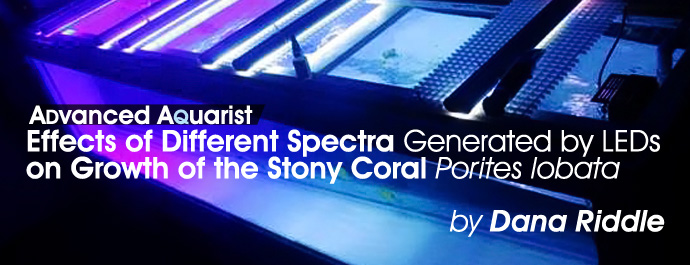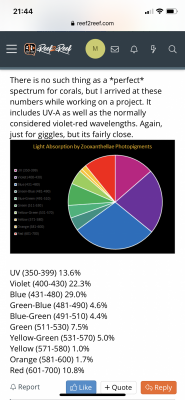- Joined
- Aug 24, 2016
- Messages
- 1,500
- Reaction score
- 2,295
Light can never be rated independent of nutrients. If a nutrient like phosphate is limiting coral growth, high light intensities will cause polyps to contract to protect them from too much light. With contracted polyps the coral can absorb less nutrients and calcium which results in less growth. Maybe well expanded coral polyps are frequently more important for coral growth than some ppm more calcium or some degree more alkalinity or some dozens PAR more light.




















